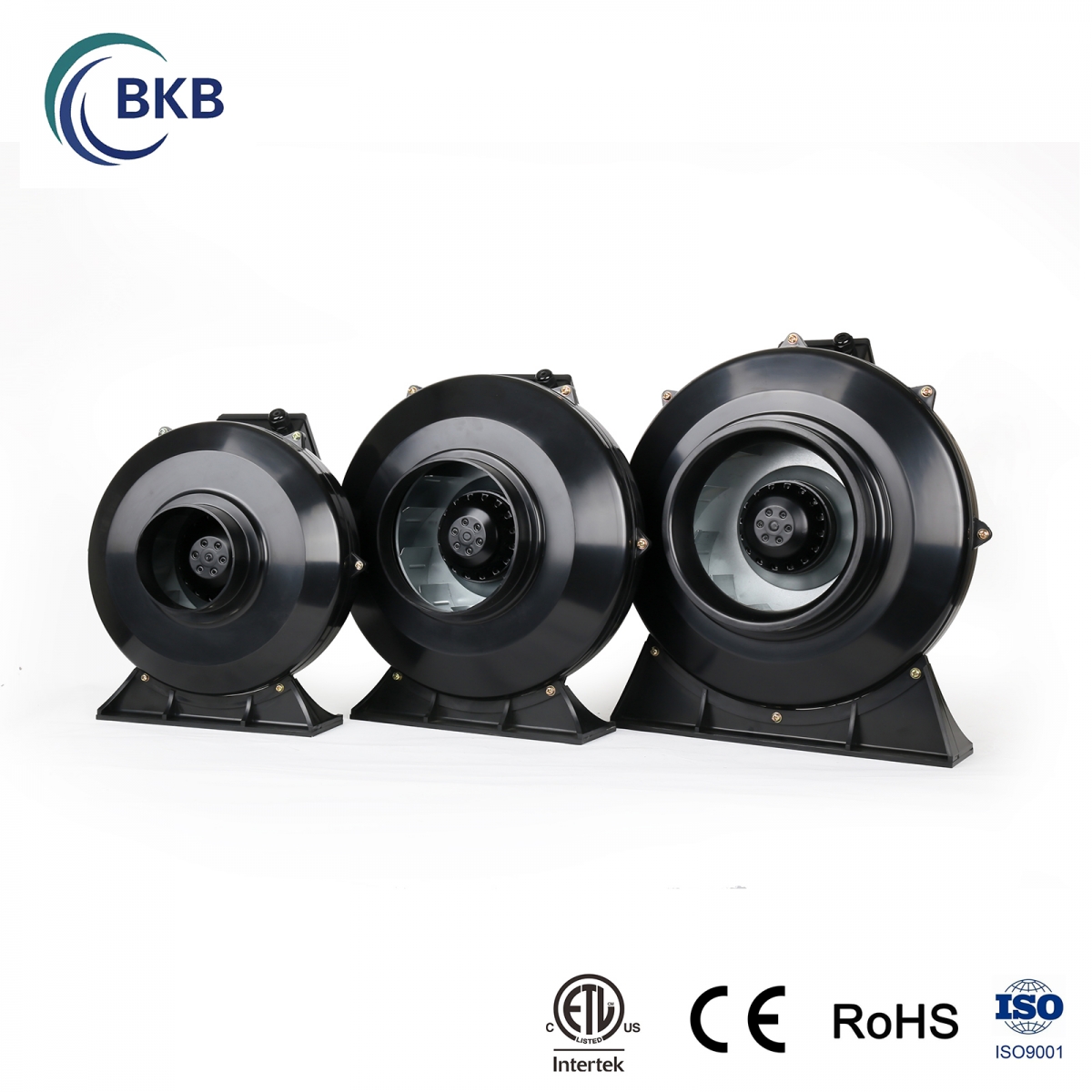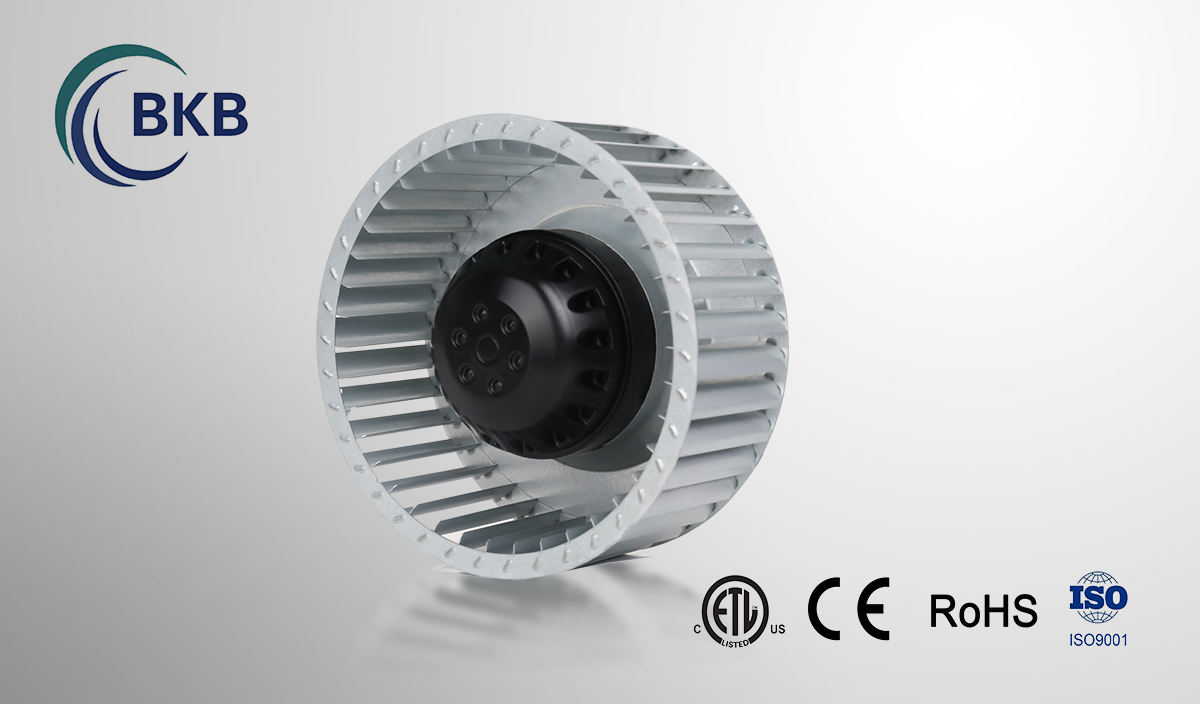- 21
- Feb
What is HVAC?
What is HVAC?
Air conditioning system is a control system including temperature, humidity, air cleanliness and air circulation, which is called HVAC (English: heating, ventilation, air conditioning and cooling).

The action principle of air conditioning supply cooling, heating or dehumidification is similar. The refrigerant is evaporated or condensed under the action of the compressor, which leads to the evaporation or condensation of the surrounding air, so as to change the temperature and humidity. It is worth noting that “heater” is a rare excellent equipment with thermal efficiency greater than 1 (if the ‘greenhouse effect’ is not considered). This makes its significance to the subtropical region far less constructive than that to the temperate region.
history
More than a thousand years ago, Persia has invented an ancient air conditioning system, which uses the wind rod installed on the roof to pass through the cold water with the natural wind outside and blow it into the room, so as to make the people inside feel cool.
In the 19th century, Michael Faraday, a British scientist and inventor, discovered that compressing and liquefying a certain gas could freeze air. This phenomenon occurred when liquefied ammonia evaporated, and his idea was still theorized at that time.
In 1842, Florida doctor John Gorrie used compression technology to make ice and used it as chilled air to blow it to patients with malaria and yellow fever. He thought of using his ice maker to manage the environment of the building and imagined a central air conditioning system that could cool the whole city. Gory obtained a U.S. patent (#8080) for his ice maker in 1851. The technology has been attacked by merchants and religious leaders in the north because it threatens their business of transporting ice from the north to the south for sale. When Gori and his business partners died in 1855, the idea of air conditioning disappeared.
One of the applications of air conditioning for personal comfort was in 1902, when the new building built by the New York Stock Exchange was equipped with central air conditioning. Alfred Wolff, an engineer in Hoboken, New Jersey, helped design the new air-conditioning system and moved the technology from textile mills to commercial buildings. He is considered one of the pioneers in making the working environment cool.
In late 1902, the first modern, electrically driven air conditioning system was invented by Willis chavelan Gallia (1876-1950). The difference between its design and Wolff’s design is that it not only controls the temperature, but also controls the humidity of the air to improve the quality of the production process of a printing factory in buchlin, New York. This technology provides a low heat and humidity environment, making the paper area and ink arrangement more accurate. Since then, Galia’s technology began to be used in the workshop to improve production efficiency, and carrier engineering was established in 1915 to cope with the surge in demand. With the gradual development, air conditioning began to be used to improve the comfort of home and car. Sales of residential air-conditioning systems did not really take off until the 1950s. Built in 1906, the Royal Victoria Hospital in Belfast, Northern Ireland is of special significance in architectural engineering. It is known as the world’s first building with air conditioning.
In 1906, Stuart W. Cramer of Charlotte, North Carolina, was looking for ways to increase air humidity in his Southern textile mill. Cramer named the technology air conditioning and used it in the patent application in the same year as a substitute for water conditioning. Water conditioning was a well-known procedure at that time, which made the production of textiles easier. He combined water vapor with ventilation system to “regulate” and change the air in the factory and control the extremely important air humidity in the textile factory. Willis Gallia used this name and put it into the company name he founded in 1907: “American Gallia air conditioning company” (now carrier company).
The original air conditioners and refrigerators used toxic gases such as ammonia and methyl chloride. The leakage of this kind of gas will lead to major accidents. Thomas Midgley, Jr. invented chlorofluorocarbon gas in 1928 and named it Freon. This refrigerant is much safer for human beings, but it is harmful to the atmospheric ozone layer. Freon is a trademark of DuPont CFC, HCFC or HFC refrigerants. The name of each type of refrigerant also includes a number to indicate the molecular composition of its components (e.g. R-11, R-12, R-22, r-134). Among them, R-22 HCFC refrigerant, which is most widely used in the field of direct evaporative moderate cooling products, will be stopped from being used in newly produced equipment from 2010 and completely stopped in 2020. R-11 and R-12 have been discontinued in the United States. As an alternative, some refrigerants harmless to the ozone layer have been put into use, including refrigerant R-410A with the trade name “puron”.
application
Air Conditioning Engineers generally divide the application of air conditioning into “comfort application” and “process application”.

| External rotor motors |
| inline duct fan booster exhaust |
| DC centrifugal fans |
| forward inclined centrifugal fans |
| backward inclined centrifugal fans |
| steel inline duct fans CFM |
| ventilation fan |
| centrifugal fans germany |
| inline fan hydroponics |
| 6 “-12″centrifugal fan |
